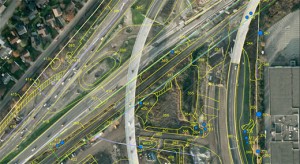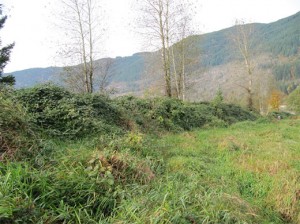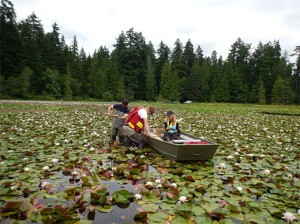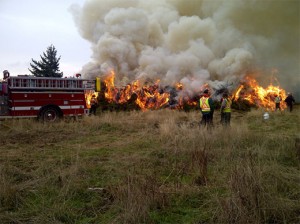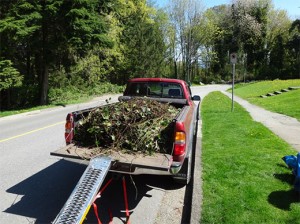Invasive Species Mapping and Management
BC has the unenviable distinction of being home to 368 invasive plant species (source: Canadian Food Inspection Agency). Invasive and exotic invertebrates, fish, amphibians, reptiles and mammals also contribute to declines in economic and environmental productivity and function, respectively.
Invasive species management has become an increasingly prevalent component of municipal, provincial and federal projects. Certain municipalities have undertaken invasive species mapping and inventorying projects followed by an evaluation of management strategies (e.g., prevent, control, manage or remove).
AquaTerra personnel have completed comprehensive invasive species mapping/inventories for both large- and small-scale projects and have developed management strategies for invasive or deleterious species including Himalayan Blackberry, Scotch Broom, Gorse, Yellow Iris, Reed Canarygrass, Japanese Knotweed, English Ivy, Policeman’s Helmet (Himalayan Balsam), Lamium, Purple Loosestrife, Giant Hogweed, Green Frog, Bullfrog and Red-eared Slider.
AquaTerra personnel have attended training seminars hosted by the Greater Vancouver Invasive Plant Council (GVIPC) and Fraser Valley Invasive Plant Council (FVIPC) and are well versed in field identification, control and management techniques.

